to & from the sea
The future of ocean agriculture is networks. Hundreds of small-scale farms sharing infrastructure and innovation, not thousand-acre banana plantations at sea.
Bren smith, “Eat like a Fish”
This page serves as a port for boat-to-institution initiatives, Community/Consumer Supported Fisheries (CSFs), narratives spotlighting small-scale fishermen and women, organizations supporting sustainable aquaculture and the conservation of native species & movements building sovereignty among Indigenous and subsistence fishing communities.
Scroll on, or jump to:
supporting the small-scale & sustainable fishery

GreenWave
GreenWave replicates and scales regenerative ocean farming to create jobs and protect the planet. We train and support ocean farmers in the era of climate change, working with coastal communities around the world to create a blue economy – built and led by farmers.
– Training, Support & Innovation
– Regenerative Ocean Farming Hub
– Kelp Climate Fund
– Seaweed Source
– Farm & Hatchery

Recirculating Farms Coalition
Helping build hydroponic, aquaponic, and aquaculture farms that recycle clean water and fish waste to grow fresh, local greens. Advocating for local, regional, and national policies that support sustainable agriculture and fair farming. Local initiatives, Growing Local NOLA and Growing Local On The Geaux, build community gardens and green spaces.
RFC is a collaborative group of individuals and organizations – farmers, educators, chefs and many others – committed to building healthy communities through training, outreach and advocacy on innovative farming and food justice.

Fishing Communities Coalition
Community-based, small-boat commercial fishing groups representing 1,000+ independent fishermen & business owners from Maine to Alaska, who share a commitment to the sustainable management of America’s fishery resources. Formed to strengthen & unify individual voices of our member organizations. Together, we work to support thriving commercial fisheries in each of our local communities, while acting as strong stewards of the marine environments off our shores.

Northwest Atlantic Marine Alliance
MA-based, fisher-led org that advocates for fair wages and working conditions, equitable access to nutrition, healthy ecosystems, racial equality in the food system, and an end to corporate takeover in the fish market. NAMA also supports the Fish Locally Collaborative, a network that connects more than 400,000 fishers, fish workers, seafood processors, and organizations across the United States, Canada, Latin America, and Europe.

Fishing Partnerships Support Services
Improving the health, safety and economic security of commercial fishermen and their families since 1997.
– Health & Wellness for fishing families
– Safety at Sea & Survival Training
– Economic Security for family & business

Native Fish Society
The Native Fish Society exists to cultivate a groundswell of public support needed to revive abundant wild, native fish.
Guided by the best available science, Native Fish Society advocates for the recovery of wild, native fish and promotes the stewardship of the habitats that sustain us all.
Our motivations are urgent but our views are long. Science-based knowledge and cultural wisdom inform our strategies to ensure the complex lifecycle of wild fish continues for generations to come.
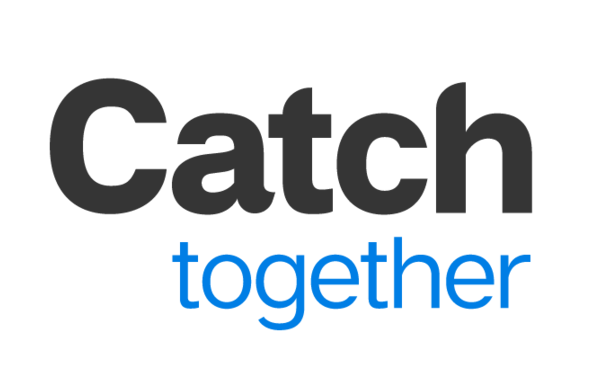
Catch Together
MA-based grant program that supports local fishers in Maine, the Gulf of Mexico, Alaska, and more. The organization hopes to bolster fishers’ businesses and communities by restoring fish stocks, offering fishers direct financial support and financial lessons, and building a nationwide network of permit banks—which give small-scale fishers the right to harvest a fair number of fish.
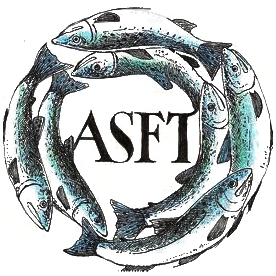
Alaska Sustainable Fisheries Trust
Supporting local fishers, promoting sustainable practices, revitalizing fishing communities. In a joint effort with Alaska Longline Fishermen’s Association, ASFT has provided nearly 490,000 free seafood meals to families through children’s programs, food pantries, women’s shelters, and tribal organizations since March 2020. ASFT subsidiary Alaskans Own partnered with Northline Seafoods to donate 45,000 pounds of Bristol Bay sockeye salmon to Alaska Native villages experiencing record-low salmon harvests.
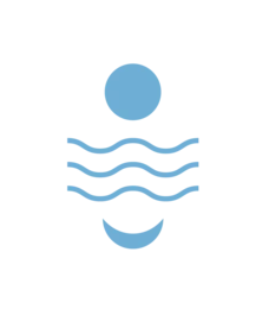
Seatopia Collective
Farm-to-table cooperative in Southern California that sources antibiotic and hormone-free seafood from sustainable aquaculture farms. Aiming to mitigate pressure on wild-caught fish, the co-op connects restaurants and consumers to a vetted list of small-scale, regenerative farms that raise responsibly fed, non-GMO fish. Seatopia also donates to 1% for the Planet, a nonprofit that puts 1 percent of the company’s earnings towards funding Marine Protected Areas (MPAs).
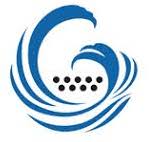
Ocean’s Alaska
Alaskan educators, scientists, fishermen and business leaders, who formed this 501 C-3 non-profit venture corporation. We are an aquaculture endeavor located on George Inlet near Ketchikan that is dedicated to the promotion of shellfishing as an economic driver for Southeast Alaska as well as to the expansion of mariculture and wild stock enhancement for oysters, geoducks, sea cucumbers and kelp in Alaska by making commercial quantities of seed available.
We seek to become self supporting through seed sales to small growers on the U.S. and Canadian west coast.

Slow Fish USA
Slow Fish is an international campaign and series of gatherings that bring together fish harvesters with chefs, youth, farmers, and seafood eaters. The goal is to turn the tide away from industrial seafood and toward the blue commons and seafood that is good, clean, and fair for all.
More than 80% of the seafood we eat in the U.S. is imported, yet we catch and harvest enough nationally to feed ourselves. The average boat-to-plate journey is over 5,000 miles. We can do better than this, anchored to the Slow Food vision of food that is good, clean, and fair for all.
Community Supported Fisheries
(CSFs)

Dock to Dish
The original Community Supported Fishery of New York State.
Dock to Dish provides New Yorkers with membership access to New York State-certified wild seafood by shipping fresh fillets
to your doorstep, directly from the Montauk fishing fleet.
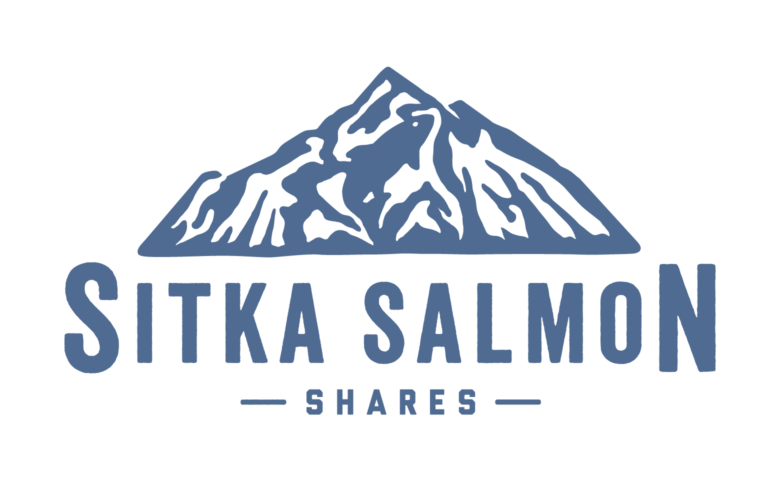
Sitka Salmon Shares
Members purchase “shares” of the catch, similar to paying for a share of the harvest from a local farm through your favorite CSA. Members receive a monthly home seafood delivery that ranges from 4.5 to 5 pounds. Shares are delivered from April through December (the fishing season).
Our fishermen or a trusted partner catches your seafood using responsible fishing practices. The fish is then swiftly processed, individually portioned, vacuum-sealed and blast-frozen to lock in that fresh-from-the-ocean taste.

Fearless Fish Market
The Providence market stocks local species of whole fish as well as filets, shellfish, squid, cooking ingredients and more. (“Fearless Fish Market Makes Local Seafood Species More Accessible” – Rhode Island Monthly, August 2020)
Fish Share (direct link): The Fearless Fish Market Fish Share is a program where people sign up to get a weekly or bi-weekly package of seasonal, local fish (fillet or whole fish), delivered to a location of their choosing.

Local I’a
Local I‘a brings fresh local seafood from the boat to your table. We shorten the local seafood supply chain by purchasing fish directly from fishers and selling it directly to the community. We source local, in-season seafood that is caught through pono fishing practices and distribute it to chefs and consumers islandwide.

Fishadelphia
Fishadelphia connects communities: we bring high quality, fresh seafood from regional harvesters and processors to economically and culturally diverse consumers in Philadelphia at reasonable prices. Fishadelphia’s day-to-day operations are planned and coordinated by a group of high school students at Mastery Charter Thomas Campus in South Philadelphia and Mastery Charter Gratz Campus in North Philadelphia.
We work on land and in waters that are home to the Lenape people, who have harvested fish and shellfish here for thousands of years.
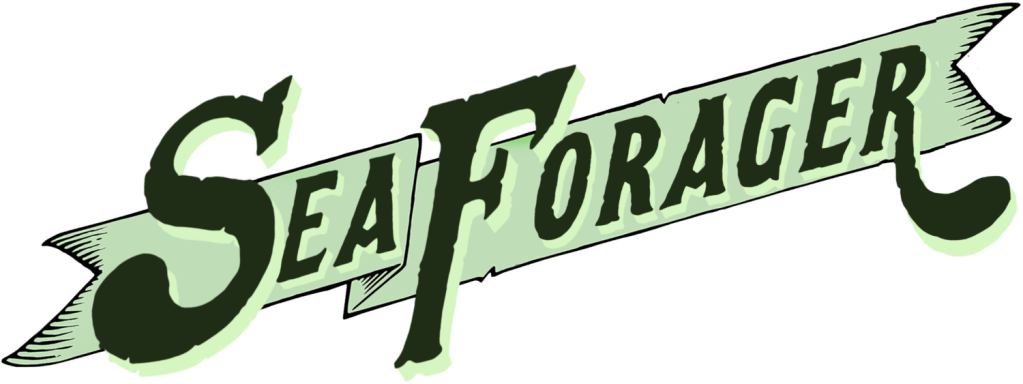
Sea Forager
Members get the story behind the fish and what makes it sustainable, plus recipes, prep tips, fun events, and tour discounts so you can appreciate our local bounty and even catch some yourself. Plus, it’s fun! Join me and the Fishwife at regular fishy events around town, grab a drink, sing a sea chantey with us and talk seafood with your friendly and loquacious fishmonger.
One of the problems with the industrial commodification of our ocean resources is that we’ve lost track of the story behind the fish. I don’t know about you, but a fish sure seems to taste a lot better when I know a few details about it. Like where it came from, how long it lived, how the stocks are doing, what was the gear type used to catch it, what were the ocean conditions when it was caught.

NH Community Seafood
Alarmed about our future, fishing boats from Seabrook, Hampton, Rye Harbor, and Portsmouth Harbor organized a harvest coop. For the past eight years, we’ve been working together to better protect marine resources and fish more selectively.
With NH Fishermen being an endangered species, we are eager to work with New Hampshire consumers to keep our local fish and shellfish in the state.

Walking Fish
Walking Fish is an award winning community supported fishery (CSF) that links fishermen on the coast of North Carolina to consumers in the Triangle.
This initiative takes root in the belief that people – whether they are coastal fishermen or local consumers – play an important role in creating solutions to the social, economic, and environmental challenges we face. The goals of this business are simple: to foster economic opportunities, to cultivate healthy communities, and to encourage environmental stewardship.
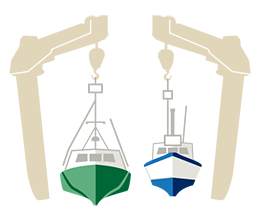
Port Orford Sustainable Seafood
Founded in 2009 on a mission to pay local fishers fair prices for their catch, the company now sells Consumer Supported Fishery (CSF) boxes—based on the concept of Community Supported Agriculture—to customers in Western Washington. POSS fishes hook-and-line year-round and fillets its own salmon, Dungeness, albacore, halibut, and more right on the docks of Port Orford.
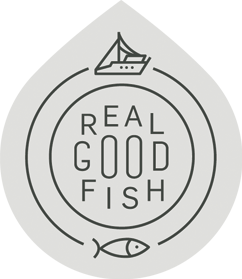
Real Good Fish
The freshest seafood direct from fishermen who value sustainability. / So you can add more adventure to your meals, with more to feel good about. / Enjoy seamless home delivery, now available across all US states.

Fulton Fish Market – The Fish Drop
We’re on a mission to help you eat fish 2x/week
Our fresh products are typically swimming less than 24 hours before we ship them to you (compared to weeks or months at your local grocery store) and our frozen products are flash frozen immediately after harvest to ensure peak freshness and taste. What’s more, our fishmongers are there to help you every step of the way, from shopping guidance to recipes, to cooking tips.
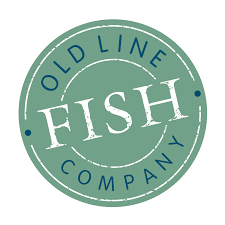
Old Line Fish Company
The Chesapeake Bay Region is home to some of the most abundant, delicious, and responsibly harvested seafood in the country. There are an estimated 17.9 million people who live in the Chesapeake Bay Watershed, yet the vast majority don’t have easy access to or are unfamiliar with the varied species of fresh seafood the Bay and Maryland’s Atlantic Coast has to offer and with the storied seafood industry in Maryland as a whole. As a result of this disconnect, in 2015 The Oyster Recovery Partnership founded the Old Line Fish Company (OLFC) as a means to form the Chesapeake Bay region’s first Community Supported Fishery.
Over the last several years, The Oyster Recovery Partnership has been recycling shell through the Shell Recycling Alliance.
Indigenous fishing & water rights;
cultural preservation
& food security

Columbia River Inter-Tribal Fish Commission
For more than 35 years, the Indigenous-led Columbia River Inter-Tribal Fish Commission in Portland, Oregon has supported fishers in the Yakama, Warm Springs, Umatilla, and Nez Perce tribes. The commission is guided by four goals: to restore the populations of salmon, lamprey, and sturgeon in the Columbia River Basin, protect tribal fishing rights, share cultural traditions, and provide fishers in its four member tribes with the tools they need to make a living. The commission has helped restore more than 660 miles of stream in the past decade.
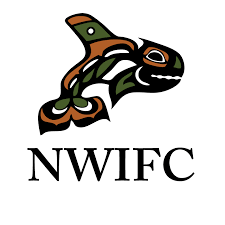
Northwest Indian Fisheries Commission
Natural resources management support service org for 20 treaty Indian tribes in western Washington. NWIFC member tribes are: Lummi, Nooksack, Swinomish, Upper Skagit, Sauk-Suiattle, Stillaguamish, Tulalip, Muckleshoot, Puyallup, Nisqually, Squaxin Island, Skokomish, Suquamish, Port Gamble S’Klallam, Jamestown S’Klallam, Lower Elwha Klallam, Makah, Quileute, Quinault, and Hoh.
The NWIFC was created following the 1974 U.S. v. Washington ruling (Boldt Decision) that re-affirmed the tribes’ treaty-reserved fishing rights. The ruling recognized them as natural resources co-managers with the State of Washington with an equal share of the harvestable number of salmon returning annually.

Native Conservancy
Empowering Alaska Native peoples to permanently protect and preserve endangered habitats on their ancestral homelands. We strive to maintain and secure titles to Native lands in conservation trusts to strengthen our inherent rights of sovereignty, subsistence and spirituality.
Native Conservancy is rooted in ancient memories of deep blue water and a traditional way of life where wild salmon and silver shimmers of herring returned every year to their primordial river origins. These memories called to us from beneath the black oil of the Exxon Valdez spill and took form as a Will-to-Action.

Native American Fish and Wildlife Society
National Native American non-profit organization that serves as an informative communication network between tribal, federal, and state fish and wildlife management entities.
– 30 x 30 Initiative
– Hydro-Power Reform Coalition For A Stronger Future
Boat-to-Institution

Sea to School: models of local, sustainable seafood for schools [National Farm to School Network, 2021]
At school districts around the country, farm to school programs are looking beyond the field and out to sea. From coastal New England to the Alaskan shores, schools are incorporating locally caught seafood into school meal programs as a healthy protein whose purchase strengthens coastal communities.

COVID Has Maine Fishermen Supplying School Lunches [Down East, Feb 2021]
Excerpt: The coronavirus introduced a new predictability, but of the wrong sort — catch values in Maine were down almost 75 percent through last spring, then mostly stayed low. “It wasn’t worth it for guys to go fishing, and boats were just tied up,” says Mary Hudson, fisheries program director at the nonprofit Maine Coast Fishermen’s Association. When an anonymous donor asked how to help, Hudson and her colleagues came up with Fishermen Feeding Mainers, a new program that guarantees five boats a modest but viable minimum of $2 per pound. Local companies process the fish — hake, pollack, haddock, and monkfish — which goes to Good Shepherd Food Bank and other food-assistance groups, Maine’s Wabanaki tribes, and schools
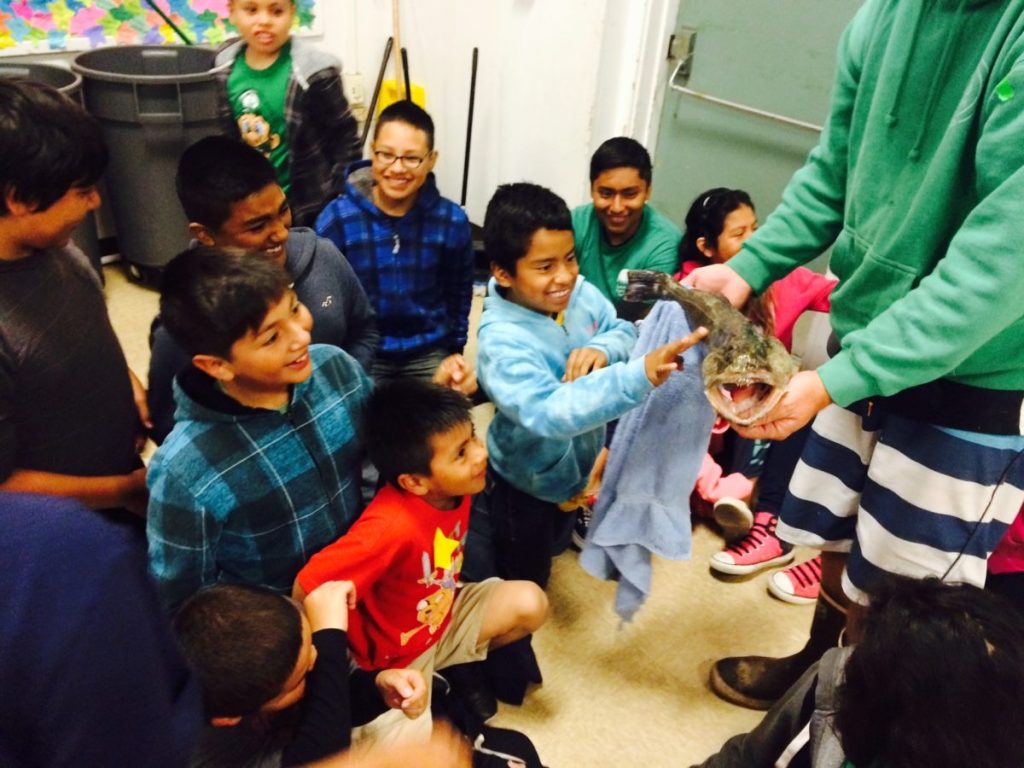
“Boat-to-School” Programs Source Fresh Seafood for Students [Civil Eats, Nov 2016]
New programs in three states support local seafood markets while educating children.
Excerpt: A few years ago, Alan Lovewell had a vision. He wanted to replace the bland, deep-fried anonymous “fish” served in school cafeterias with flavorful, locally caught seafood—as a way to bring nutrition to the kids in his area, and help them understand where their food comes from. […]
casting light on fishing
Featuring individuals who are embracing, sustaining and reshaping the fishing industry,
and propelling their livelihoods, industry and communities into the spotlight.

Hawaii Strong: A fisherman and a businessman join forces to deliver the freshest catch
Hawaii News Now – May, 2021
Excerpt: “We get catch reports from our fishermen throughout the day and we compile those into what we call a fish blast, which people can sign up for,” – Jake Barefoot […] “you put your phone number and you get an sms pretty much every day. It’s gonna tell you what we have caught.” The fish is picked up from boats in the morning, processed, and delivered within hours.
“It’s all hook and line fishing with rod and reel, so every fish we catch is the fish we’re trying to catch.” – Chimo Shipp

“Raising Salmon on Land” – Written & Photographed by Douglas Gayeton
The Lexicon > Insects and Aquaculture
Excerpt: In the language of the ‘Namgis people, kutala means salmon while terra means land. Merge the two words and you get kuterra, or salmon from the land. It’s a portmanteau that would’ve been inconceivable even ten years ago, but now we’re on a ferry before dawn bound for Port MacNeill, joined by ‘Namgis fishermen who work harvest days at the plant twice a week. Their job is to bleed and ice fish, as they’ve done for most of their lives, except now they work indoors, under florescent lights. “This isn’t fishing,” one of them observes as we stare out at the water. When I ask what it is then, he doesn’t answer at first, then replies, “It’s something else.”

Is the Future of Farming in the Ocean? (Ep. 467)
Freakonomics Radio – June, 2021
Bren Smith, who grew up fishing and fighting, is now part of a movement that seeks to feed the planet while putting less environmental stress on it. He makes his argument in a book called Eat Like a Fish; his secret ingredient: kelp.
Kelp replenishes ecosystems, rather than depleting them. It helps mitigate climate change, earning the moniker “Sequoia of the Sea.” It requires zero inputs — no feed, no freshwater, no fertilizers. It creates new habitat for all kinds of species, as all fishermen who enjoy angling on my farm can tell you.

‘I’m not a quitter’: Lobstermen turn to kelp farming in the face of climate crisis
The Guardian – May, 2020
Excerpt: It’s the last week of scallop season, but there is a new venture on the horizon. Baines, 64, steers the Thrasher back out toward Hewett Island on Penobscot Bay to check on the underwater kelp farm that he “planted” in December. It’s a willowy structure made up of moorings, buoys and ropes that hovers 7ft underwater and spans 1,000ft wide, like a monster cat’s cradle.

Tracy Nguyen-Chung
Founder, Brown Folks Fishing (Instagram: @brownfolksfishing)
Brown Folks Fishing is a community-based organization that is by and for Black, Indigenous, and People of Color (BIPOC) anglers. We cultivate community for BIPOC in fishing and its industry. BFF is a space to build together and a movement to expand access. We do our work through storytelling, grassroots organizing, events, and community-building. […]
We seek to reimagine fishing as a gateway to conservation. / We reclaim and lift up the narratives that Black and Brown people have with deep roots in fishing, and connection to land, water, and community.
media & more

From Boat to Food Bank to Dining Hall: How Local Chowder Became a Community Solution [Webinar]
Farm to Institution New England (FINE) – Sept, 2021
FINE and the New England Farm & Sea to Campus Network (FSCN) produced this one-hour webinar to learn more about an inspiring partnership and ways to support local seafood and our regional food system.

Fisherwomen: Get hooked streaming this new (pod)cast! [The Fisheries Blog]
Follow the link for Abigail Lynch’s interview with podcast host and fisheries biologist Katie Osborn
Excerpt: I just thought, fisheries shouldn’t be such an unknown to people. It’s that whole suite of things we do on land – hunting, farming, research, management – only underwater.
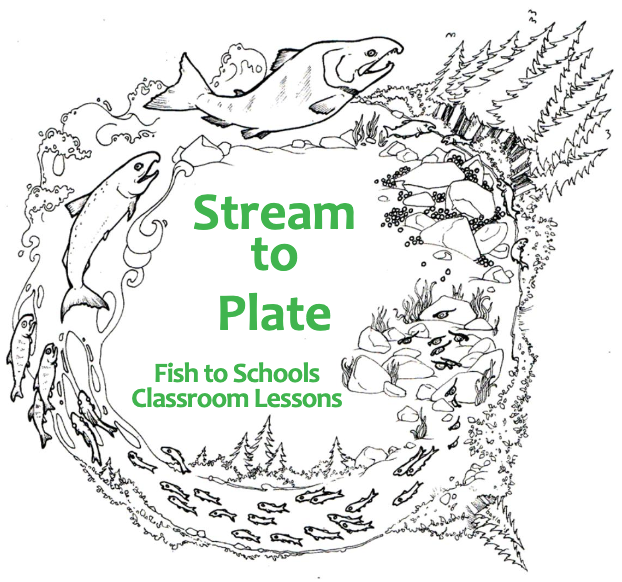
Stream to Plate – Fish to Schools Classroom Lessons
The Sitka Conservation Society
A collection of downloadable classroom lessons from Sitka Conservation Society’s Fish to Schools program.

A Guide to Serving Local Fish in School Cafeterias [pdf]
The Sitka Conservation Society
Excerpt: Fish to Schools, a term we’ve coined in Sitka, is an effort to get local fish into school lunches. Our goal is to connect youth to their local food system in order for them to understand the impact of their food choices on their health, the economy, and environment.
There have been challenges along the way but it hasn’t stopped us. We have done a lot of research and have asked a lot of questions to understand food service and fishery regulations. We’ve learned a lot and want to share with you our stories, ideas, and resources.